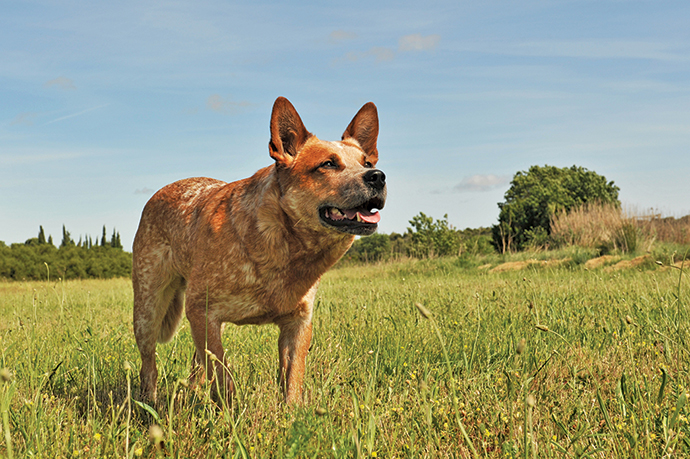 Dogs are incredible communicators, using a language that goes beyond barks and tail wags.
Dogs are incredible communicators, using a language that goes beyond barks and tail wags.
Recognising the subtle cues in their body language is essential for building a strong and trusting bond with our furry companions.
Understanding when a dog is happy, depressed, fearful, or stressed can pave the way for a closer bond with your furry friend.
A wagging tail is often associated with a happy dog, but the speed and height of the wag matter. A loose, wide wag usually indicates a content and happy pup, while a stiff, high wag can signal excitement or even aggression. Pay attention to the overall body language – a relaxed posture, ears in a neutral position, and a soft expression all contribute to a genuinely happy canine.
Depression in dogs can manifest in various ways, such as lethargy, loss of appetite, or withdrawal. Drooping ears, a lowered head, and avoiding eye contact are common signs. If your dog exhibits these behaviours, it’s crucial to consult a veterinarian to rule out any underlying health issues.
Providing extra attention, engaging in gentle play, and maintaining a consistent routine can help lift their spirits.

Fearful dogs may display submissive body language, such as cowering, tucking their tail between their legs, or flattening their bodies to the ground. Avoid direct eye contact, as it can be perceived as a threat, and give them space to retreat if needed. Offering treats, speaking in a soft, calm voice, and gradually exposing them to positive experiences can help build their confidence over time.
Stress in dogs can manifest in a variety of ways, including excessive panting, pacing, or yawning. Examine the environment for potential stressors, such as loud noises or unfamiliar surroundings. To alleviate stress, create a safe and quiet space for your dog, provide comforting physical contact, and establish a consistent routine. Consultation with a professional trainer or veterinary behaviourist may be beneficial for addressing specific stress triggers.
In any situation, it is crucial to be patient, observant, and responsive to your dog’s needs. Clear communication, positive reinforcement, and empathy form the foundation of a strong human-canine relationship.
Regular veterinary check-ups, a balanced diet, and ample opportunities for physical and mental stimulation contribute to a dog’s overall wellbeing.
By delving into the rich tapestry of dog body language, we not only enhance our understanding of our four-legged friends but also create an environment where they feel secure, loved, and truly understood.

